Forest Carbon Sequestration: Everything You Need To Know
- August 12, 2024
- 0 comment
Forest carbon sequestration offers a promising solution to global climate change by capturing atmospheric carbon dioxide. As the urgency to address environmental challenges heightens, gaining insights into how forests absorb and store CO2 becomes essential. Explore the vital mechanisms behind forest carbon sequestration, its significant benefits, the technologies used to measure it, and the global initiatives that champion this natural remedy. Whether you are a policy maker, environmental enthusiast, or concerned citizen, you will gain valuable knowledge about the crucial role forests play in stabilizing our planet’s climate.
What is Carbon Sequestration?
Carbon sequestration is the process by which carbon dioxide (CO2) from the atmosphere is absorbed and stored in a solid or liquid form, preventing it from contributing to global warming. This natural phenomenon primarily occurs in forests through the process of photosynthesis, where trees and other vegetation convert CO2 into organic matter. Forests, with their vast expanses of vegetation, act as significant carbon sinks, storing carbon in their biomass above and below ground, in both living plants and in dead organic matter such as fallen leaves and roots.
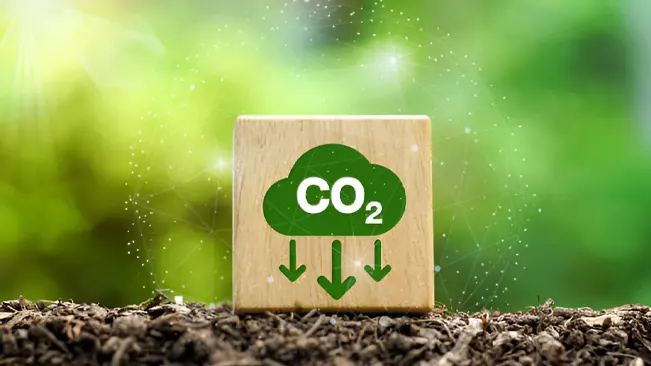
In addition to biological processes, carbon sequestration in forests involves several ecological components, including soil and deadwood. Soil is particularly important as it can store carbon for thousands of years, far longer than biomass. The efficiency and capacity of a forest to sequester carbon depend on factors like forest type, climate, soil type, and forest management practices. Understanding these dynamics is crucial for enhancing forest management and conservation strategies to maximize carbon sequestration and help mitigate climate change.
The Role of Forests in Carbon Sequestration
Different Forest Ecosystems
Temperate forests ecosystems, found between the tropics and polar circles, are marked by moderate climates and distinct seasons. These ecosystems consist of deciduous trees like oaks, maples, and birches, which shed leaves annually, and evergreens, which retain their foliage. Deciduous trees are especially good at carbon sequestration, thriving and performing photosynthesis vigorously in warm, moist summers. Their fallen leaves enrich the soil, boosting its carbon storage capacity.
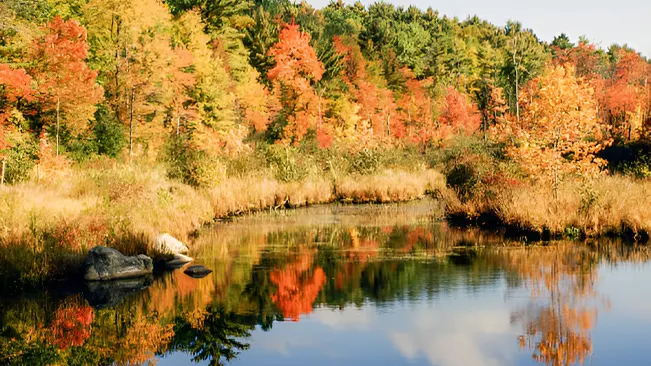
These forests serve as effective carbon sinks, with different forest layers including the canopy, understorey, and forest floor each contributing to carbon capture. Less affected by human activity than tropical forests, temperate forests can sustain their carbon sequestration abilities over time. Practices like controlled logging and protecting old-growth stands are essential for maintaining these forests’ health and their role in mitigating climate change.
Tropical Forest
Tropical forests, located in the equatorial zone, are distinguished by their vast biodiversity and complex ecosystems. These rain forests experience high rainfall and consistent warmth, maintaining a dense canopy that supports continuous photosynthesis and significant carbon absorption, making them critical carbon sinks.
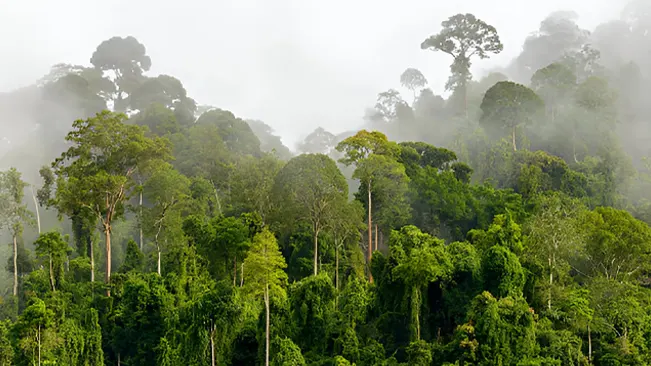
Yet, these forests are under threat from deforestation due to agriculture, logging, and urban development, which diminish biodiversity and disrupt carbon storage, releasing CO2 back into the atmosphere. Conservation is vital to preserve these ecosystems, with strategies including protected area management, sustainable logging, and ecotourism. Such efforts, often supported by international cooperation and funding, are essential to maintain the global environmental balance.
Boreal Forests
Boreal forests, or taiga, span the Northern Hemisphere and are one of the largest terrestrial biomes, characterized by coniferous trees like spruces, pines, and firs, adapted to the cold, harsh climates. These forests experience long, harsh winters and short summers, slowing tree growth but creating substantial carbon sinks in both biomass and peaty soils.
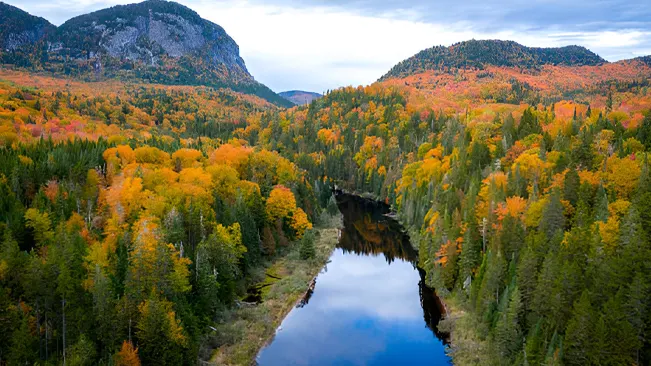
The permafrost underlying these forests captures carbon in frozen form, making boreal forests crucial for global carbon balance. However, they are vulnerable to climate change, as warming can thaw permafrost, releasing greenhouse gases and accelerating global warming. Conservation efforts are vital, focusing on managing forest fires and sustainable logging to preserve these ecosystems’ health and carbon storage capabilities.
Why Is Forest Carbon Sequestration Important?
Forest carbon sequestration is a critical ecological process where forests capture atmospheric carbon dioxide and store it in wood, leaves, and soil. This natural mechanism is vital for mitigating climate change as it reduces the amount of CO2, a major greenhouse gas, in the atmosphere. By absorbing CO2 that would otherwise contribute to the greenhouse effect, forests help regulate the earth’s temperature, stabilize climate patterns, and offset some of the carbon emissions caused by human activities. Moreover, the carbon that forests store in their biomass and soil is integral to their growth and the continuation of the carbon cycle, underscoring their role as a natural climate solution.
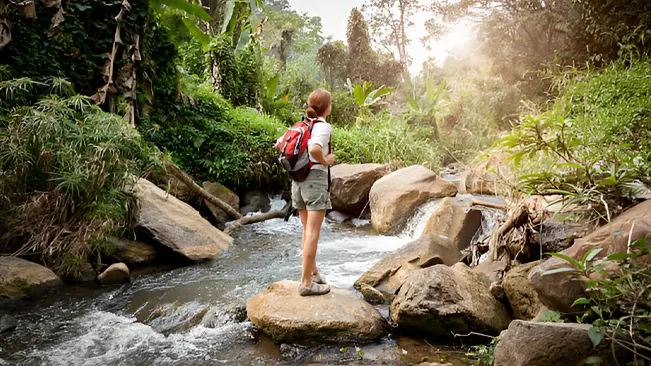
The importance of forest carbon sequestration extends beyond climate mitigation to encompass ecological and economic benefits. Healthy, carbon-absorbing forests support biodiversity by providing habitats for a wide range of species, from the largest mammals to the smallest insects and microorganisms. This biodiversity is crucial for ecosystem resilience and functionality, promoting natural processes such as pollination, nutrient cycling, and water regulation. Economically, forests contribute to livelihoods and economies through the provision of goods like timber, fruit, and medicinal plants, while also offering ecotourism opportunities. Preserving and enhancing forest carbon sinks is thus not only an environmental imperative but also a sociology-economic necessity, fostering sustainable development alongside environmental stewardship.
Benefits of Forest Carbon Sequestration
Environmental Benefits
- Climate Change Mitigation: Forests absorb and store carbon dioxide, a major greenhouse gas, through the process of photosynthesis. By removing CO2 from the atmosphere, forests help reduce the impact of climate change and contribute to cooling the Earth’s temperature.
- Biodiversity Conservation: Forests are home to a vast array of species. By maintaining healthy forests through carbon sequestration, these diverse habitats are preserved, supporting species survival and ecological balance.
- Air and Water Quality: Forests help filter pollutants from the air and maintain clean water sources. The trees trap dust, ash, pollen, and smoke, improving air quality. They also play a critical role in water cycles, regulating the availability of water and reducing the risk of natural disasters like floods and landslides.
Economic Benefits
- Job Creation: Sustainable management of forest resources, including activities related to carbon sequestration, can create employment opportunities in rural areas. Jobs in forestry, conservation, and Eco-tourism can sustain local economies.
- Revenue from Carbon Credits: By participating in carbon offset programs, forest managers can earn carbon credits which can then be sold on the carbon market. This provides financial incentives for maintaining and enhancing forest carbon stocks.
- Sustainable Resource Provision: Forests provide renewable resources such as timber, fruits, and medicinal plants, which can be sustainably harvested to support local industries without depleting the forest.
Social Benefits
- Health Improvements: By improving air quality and providing spaces for recreation, forests contribute to better health outcomes for local populations. Access to natural environments has been shown to reduce stress and increase physical activity, contributing to overall well-being.
- Cultural Values: Many communities have cultural ties to forests, relying on them not just for economic and subsistence purposes but also for cultural ceremonies and traditions.
- Education and Research Opportunities: Forests serve as natural laboratories where scientists and students can study ecosystems, wildlife, and sustainable management practices. These research activities enhance our understanding of environmental processes and inform future conservation efforts.
Future Prospects and Technologies
Emerging Trends
Advancements in technology are significantly enhancing the effectiveness of forest carbon sequestration, promising more efficient monitoring, management, and improvement of carbon storage capacities. Technologies like remote sensing, drones, and improved forest inventory methods provide comprehensive data on forest health, growth rates, and carbon storage, allowing for precise tracking and management. Artificial intelligence and machine learning are increasingly being applied to analyze vast amounts of environmental data, offering insights that can lead to better forest management and policy decisions. Additionally, developments in biochar technology, where biomass is converted into a stable form of charcoal and added to the soil to sequester carbon, show potential for both enhancing soil health and storing carbon.
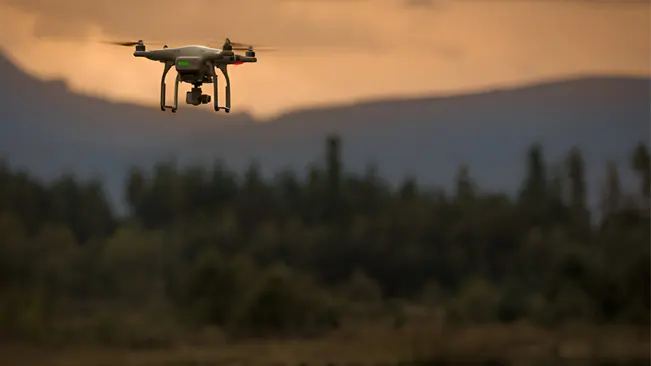
Looking ahead, future policies may focus more intensively on integrating forest carbon sequestration into national and international climate strategies. There is potential for increased global cooperation through frameworks like the Paris Agreement, where countries could commit to specific forest conservation and reforestation targets as part of their national contributions to climate change mitigation. Such initiatives could be supported by global funding mechanisms that incentivize countries, especially those with large forested areas, to enhance their conservation efforts.
The Role of Communities and Individuals
Local communities and individuals play a crucial role in the conservation of forests and the enhancement of their carbon sequestration capacities. Community-led forest management has proven effective in several regions, as it often involves sustainable harvesting practices that maintain forest health and carbon capture abilities. For example, community forestry initiatives in Nepal have empowered local populations to manage resources sustainably, leading to improved forest conditions and livelihoods. These efforts not only preserve the forest but also ensure that the benefits of forest conservation, such as carbon credits and improved ecosystem services, support local development.

Individual actions can also contribute significantly to forest conservation. Simple practices such as supporting sustainable forest products, participating in tree planting efforts, and advocating for forest conservation policies can all make a difference. Education and awareness campaigns that highlight the importance of forests for carbon sequestration and climate mitigation can mobilize more people to participate in conservation activities. Case examples like the Green Belt Movement in Kenya, where local women’s groups have planted over 51 million trees since 1977, illustrate how grassroots initiatives can lead to substantial environmental and social benefits, showcasing the powerful impact of community and individual involvement in forest conservation.
Conclusion
In conclusion, forest carbon sequestration is essential in combating climate change. By capturing and storing carbon dioxide, forests not only reduce greenhouse gases but also support biodiversity and stabilize ecosystems. Effective management, innovative technologies, and active community participation are crucial to enhance these natural carbon sinks. As we advance, integrating forest conservation into global climate strategies will be vital for ensuring a sustainable future.
FAQs
- What is forest carbon sequestration?
Forest carbon sequestration is the process by which forests capture and store carbon dioxide from the atmosphere, helping to mitigate the effects of climate change. - How do forests sequester carbon?
Forests sequester carbon primarily through photosynthesis, where trees and plants absorb carbon dioxide and convert it into biomass storing it in trunks, branches, leaves, and roots. - Why is forest carbon sequestration important?
It reduces the amount of CO2 in the atmosphere, helps mitigate climate change, supports biodiversity, maintains ecosystem health, and provides economic benefits through carbon credits and sustainable resource use. - What are the most effective types of forests for carbon sequestration?
All forests contribute to carbon sequestration, but tropical forests are particularly effective due to their dense vegetation and rapid growth rates. - Can reforestation and afforestation increase carbon sequestration?
Yes, both reforestation (replanting trees in deforested areas) and afforestation (planting trees in areas previously without forests) can significantly increase forest area and enhance carbon sequestration capabilities. - What challenges face forest carbon sequestration?
Challenges include deforestation, forest degradation, climate change impacts, legal and land ownership issues, and the need for sustainable management practices. - How can individuals contribute to forest carbon sequestration?
Individuals can contribute by supporting reforestation projects, using wood and paper products from sustainably managed forests, reducing their carbon footprint, and advocating for policies that protect and expand forests. - What role do governments and international organizations play in enhancing forest carbon sequestration?
They create and enforce environmental policies, fund conservation projects, manage public lands, and participate in international agreements focused on climate change and forest preservation.

Joel Cunningham
Forestry AuthorI'm Joel Cunningham, an expert in pruning and weed management with over a decade of experience. My skills are rooted in formal training and extensive practice, focusing on advanced pruning techniques and efficient weed control. I'm known for my quality work, precision, and deep understanding of plant health and soil dynamics. My contributions extend to educational initiatives where I share sustainable practices and advice, establishing myself as a reliable and authoritative figure in the gardening community.

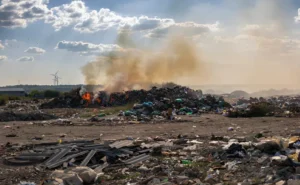

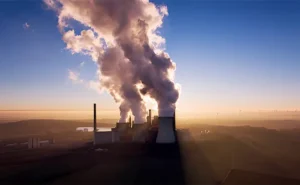

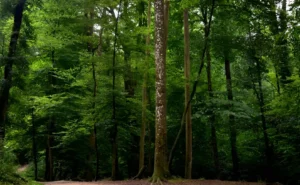



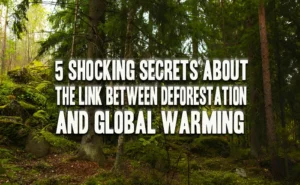
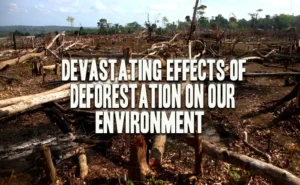
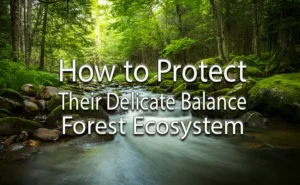
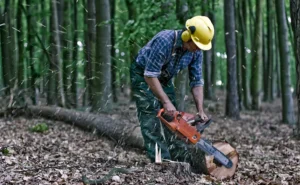
Leave your comment